 |
||||||||||
|
Early and Lowellian Mars Fiction When Huygens started to compare Mars with Earth, he questioned why intelligent life could not exist on Mars. After all, he reasoned, there was water and planet life there. But literature was not inspired by his claims, at least immediately. Huygen presented his ideas in the 17th century, which predates Science Fiction’s foundations, even Frankenstein. The first instance of Mars in science fiction emerged within 1880 by the publication of Percy Greg’s Across the Zodiac. In this novel, the protagonist travels to Mars using an anti-gravitational device. This novum is what establishes Across the Zodiac as the first science fiction work about Mars. In this novel, Mars is inhabited by Martians who refuse to believe that the unnamed narrator is actually from Earth, as life is impossible on Earth. The Martians in this novel refuse to believe in the existence of Humans, as many people of the late 19th century were reluctant to believe in life on Mars. Unveiling a Parallel: A Romance (1893), is another early science fiction novel by Alice Ilgenfritz Jones and Ella Merchant that depicts a Martian utopia and a Martian dystopia to convey their thoughts on the lack of gender and sexual equality on Earth. Both novels use Mars as a didactic model for Earth. In this way Across the Zodiac and Unveiling a Parallel are characteristic of all science fiction about Mars. The analogy between a fictional Mars and Earth persists in nearly all Martian science fiction.
Another collection of stories, The Martian Chronicles, is somewhat of an oddity. Ray Bradbury’s collection starts with a thriving Lowellian Martian civilization, canals and all.
|
|||||||||
|
||||||||||
| Website Last Updated 12/2/09 | ||||||||||

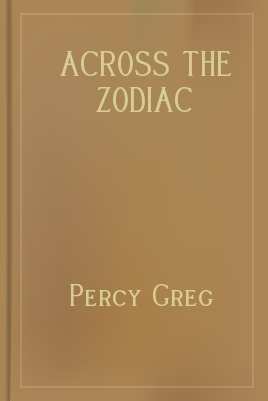
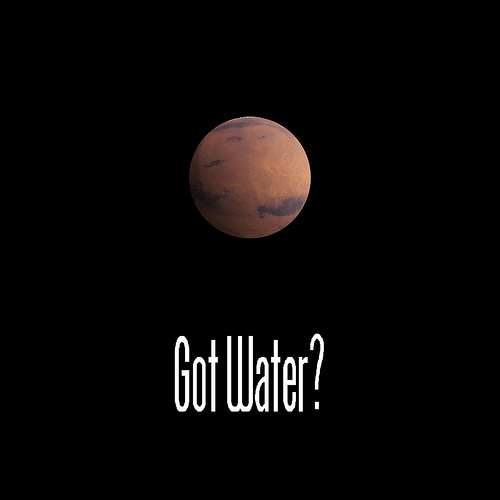 placable heat is escaping every planet in the solar system. This cooling leads to not only the loss of temperature, but of an atmosphere. In other words, all planets are “dying”. Due to its smaller size Mars is cooling much more quickly than Earth is.This cooling results in a desiccated and hostile environment. For Lowell, the canals are evidence enough that a sophisticated and advanced Martian race is doing all it can to distribute what little water is available. Whether or not science fiction writers agreed with him, the idea of a dying mars, where tragically advanced Martians are conditioned by a nearly inhospitable environment. Lowellian Mars concept was very popular in America in the early 20th century, and this is evidenced by the vast amount of science fiction inspired by it in one way or another. The era in which Martian science fiction was predominately influenced by Lowellian Mars ended only at the Mariner IV’s mission in 1964.
placable heat is escaping every planet in the solar system. This cooling leads to not only the loss of temperature, but of an atmosphere. In other words, all planets are “dying”. Due to its smaller size Mars is cooling much more quickly than Earth is.This cooling results in a desiccated and hostile environment. For Lowell, the canals are evidence enough that a sophisticated and advanced Martian race is doing all it can to distribute what little water is available. Whether or not science fiction writers agreed with him, the idea of a dying mars, where tragically advanced Martians are conditioned by a nearly inhospitable environment. Lowellian Mars concept was very popular in America in the early 20th century, and this is evidenced by the vast amount of science fiction inspired by it in one way or another. The era in which Martian science fiction was predominately influenced by Lowellian Mars ended only at the Mariner IV’s mission in 1964. 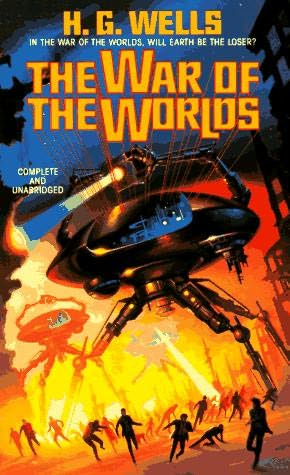 A more well known work, The War of the Worlds by H.G Wells, is similar in how it features Martians from a desolate world trying to take over Earth, but contrasts strongly from Lasswitz’s novel with the immeasurable hostility of the Martians. The Martians of The War of the Worlds have depleted the resources of Mars, so they are less victimized by the environment of Mars than by themselves. This work also is very political, as it too is a critique on imperialism. Wells’ Martians reflect the European predators who took over Africa, as opposed to an apologist version of history. Nevertheless, bacteria make the permanence of Martian occupation impossible. Perhaps Wells was predicting the collapse of colonialism due its “alien” nature.
A more well known work, The War of the Worlds by H.G Wells, is similar in how it features Martians from a desolate world trying to take over Earth, but contrasts strongly from Lasswitz’s novel with the immeasurable hostility of the Martians. The Martians of The War of the Worlds have depleted the resources of Mars, so they are less victimized by the environment of Mars than by themselves. This work also is very political, as it too is a critique on imperialism. Wells’ Martians reflect the European predators who took over Africa, as opposed to an apologist version of history. Nevertheless, bacteria make the permanence of Martian occupation impossible. Perhaps Wells was predicting the collapse of colonialism due its “alien” nature.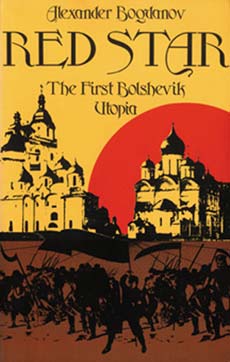 f Russian science fiction about Mars is Bogdanov’s Red Star. Published in 1908, this was a tumultuous time in Russian history, as the failed 1905 revolution occurred three years earlier. In Red Star, Bogdanov’s Mars is also desolate. Martians are leaving in an inhospitable environment, so they organize into a communist utopian government in order to overcome nature. The canals are one of these means. The protagonist Earthling, Leonid, falls into insanity while trying to fully understand to the Martian’s communist utopia. This represents man’s inability to achieve a state of utopia, due to human nature. All of this is in spite of Leonid being extremely “progressive” for his time (Markley 137). With those two points in mind, the Red Star is a good soft science fiction book that questions human nature and showcases communism.
f Russian science fiction about Mars is Bogdanov’s Red Star. Published in 1908, this was a tumultuous time in Russian history, as the failed 1905 revolution occurred three years earlier. In Red Star, Bogdanov’s Mars is also desolate. Martians are leaving in an inhospitable environment, so they organize into a communist utopian government in order to overcome nature. The canals are one of these means. The protagonist Earthling, Leonid, falls into insanity while trying to fully understand to the Martian’s communist utopia. This represents man’s inability to achieve a state of utopia, due to human nature. All of this is in spite of Leonid being extremely “progressive” for his time (Markley 137). With those two points in mind, the Red Star is a good soft science fiction book that questions human nature and showcases communism. 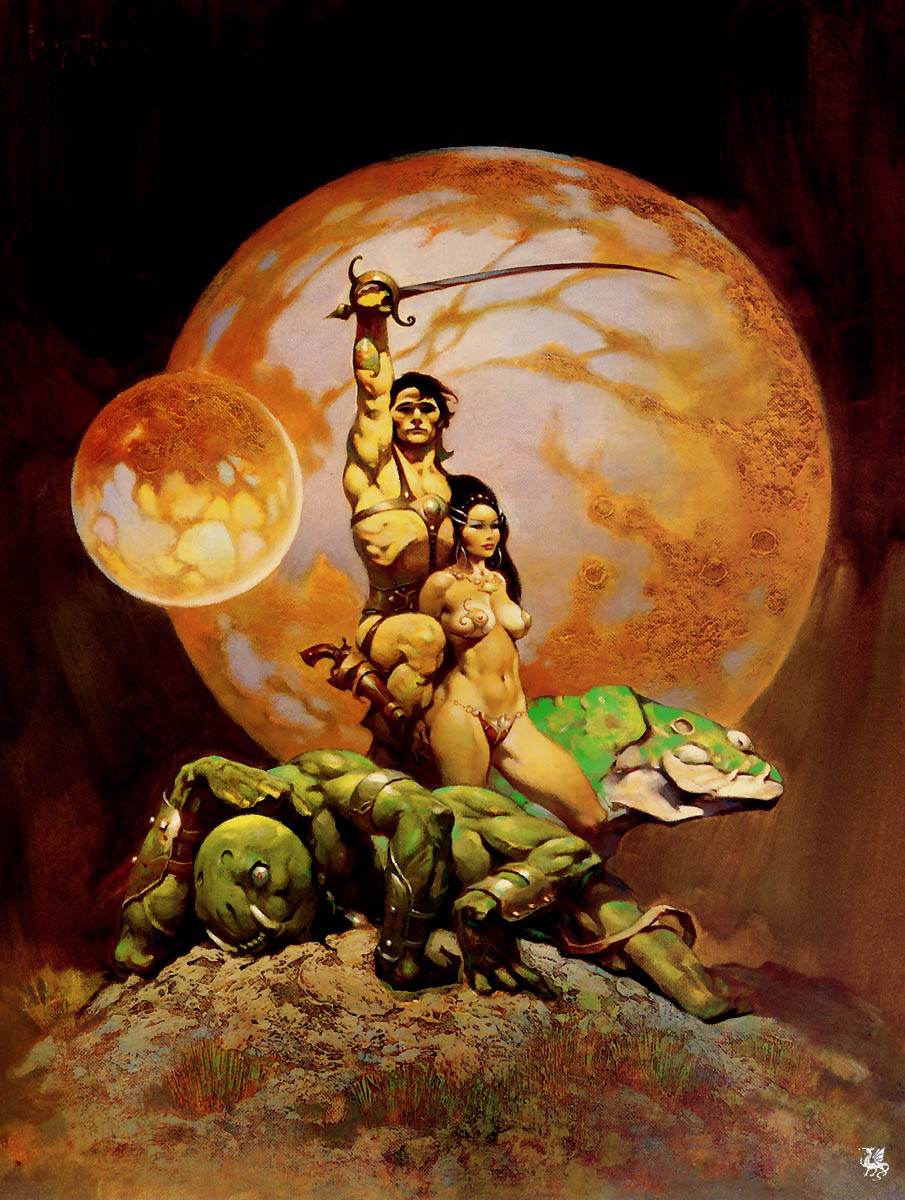 Rice Burroughs (the author of Tarzan), A Princess of Mars, was immensely popular for its day. John Carter, a Confederate Civil War veteran, ends up on Mars by unknown and mysterious means. While there, he ventures across what he finds out is known as Barsoom in order to save an Alien princess that he has fallen in love with. Using his super earth strength (caused by the lack of gravity) and through developing friendships with the right Barsoomians, he manages to emerge victorious, even taking down an empire in the process. However, as happens to the four siblings in The Lion, the Witch, and the Wardrobe, the fantasy eventually ends for adored Carter and is almost randomly transported back to Earth.
Rice Burroughs (the author of Tarzan), A Princess of Mars, was immensely popular for its day. John Carter, a Confederate Civil War veteran, ends up on Mars by unknown and mysterious means. While there, he ventures across what he finds out is known as Barsoom in order to save an Alien princess that he has fallen in love with. Using his super earth strength (caused by the lack of gravity) and through developing friendships with the right Barsoomians, he manages to emerge victorious, even taking down an empire in the process. However, as happens to the four siblings in The Lion, the Witch, and the Wardrobe, the fantasy eventually ends for adored Carter and is almost randomly transported back to Earth.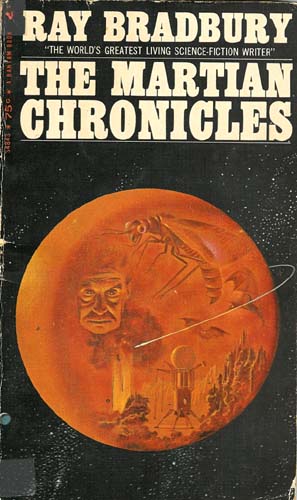 However, since the last favorable spectroscopic readings for the deceased Lowell were debunked after the 20’s, the canal theory slowly lost its legitimacy. So in this regard, these stories have certain characteristics of fantasy. In spite of this, The Martian Chronicles do have many qualities of a science fiction work. The colonization of Mars through a great rocket migration is novum in itself. Some of them are soft science fiction stories as well. In several stories, the telepathic capability of the Martian race is an integral part of the plot. There is another possible theme to explore in this series. It is reasonable to speculate that Bradbury is actually predicting the end of Lowellian Mars fiction through The Martian Chronicles. For one thing, a Mars fiction book based primarily on the colonization of Mars was fairly uncommon in those days. Granted, the nature of this colonization is meant to reflect the decline of Native American chieftaincies.
However, since the last favorable spectroscopic readings for the deceased Lowell were debunked after the 20’s, the canal theory slowly lost its legitimacy. So in this regard, these stories have certain characteristics of fantasy. In spite of this, The Martian Chronicles do have many qualities of a science fiction work. The colonization of Mars through a great rocket migration is novum in itself. Some of them are soft science fiction stories as well. In several stories, the telepathic capability of the Martian race is an integral part of the plot. There is another possible theme to explore in this series. It is reasonable to speculate that Bradbury is actually predicting the end of Lowellian Mars fiction through The Martian Chronicles. For one thing, a Mars fiction book based primarily on the colonization of Mars was fairly uncommon in those days. Granted, the nature of this colonization is meant to reflect the decline of Native American chieftaincies.